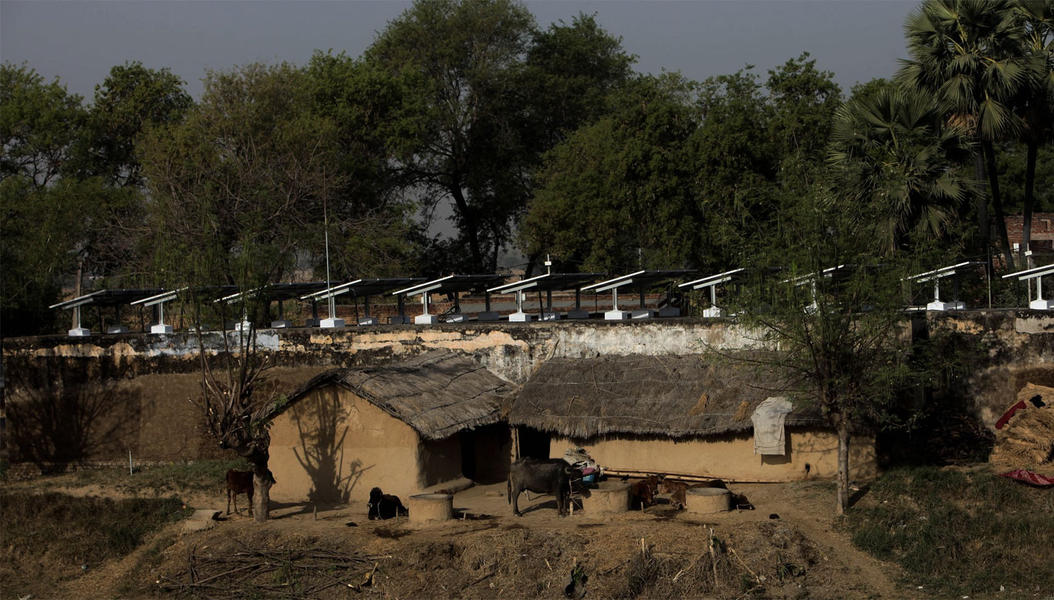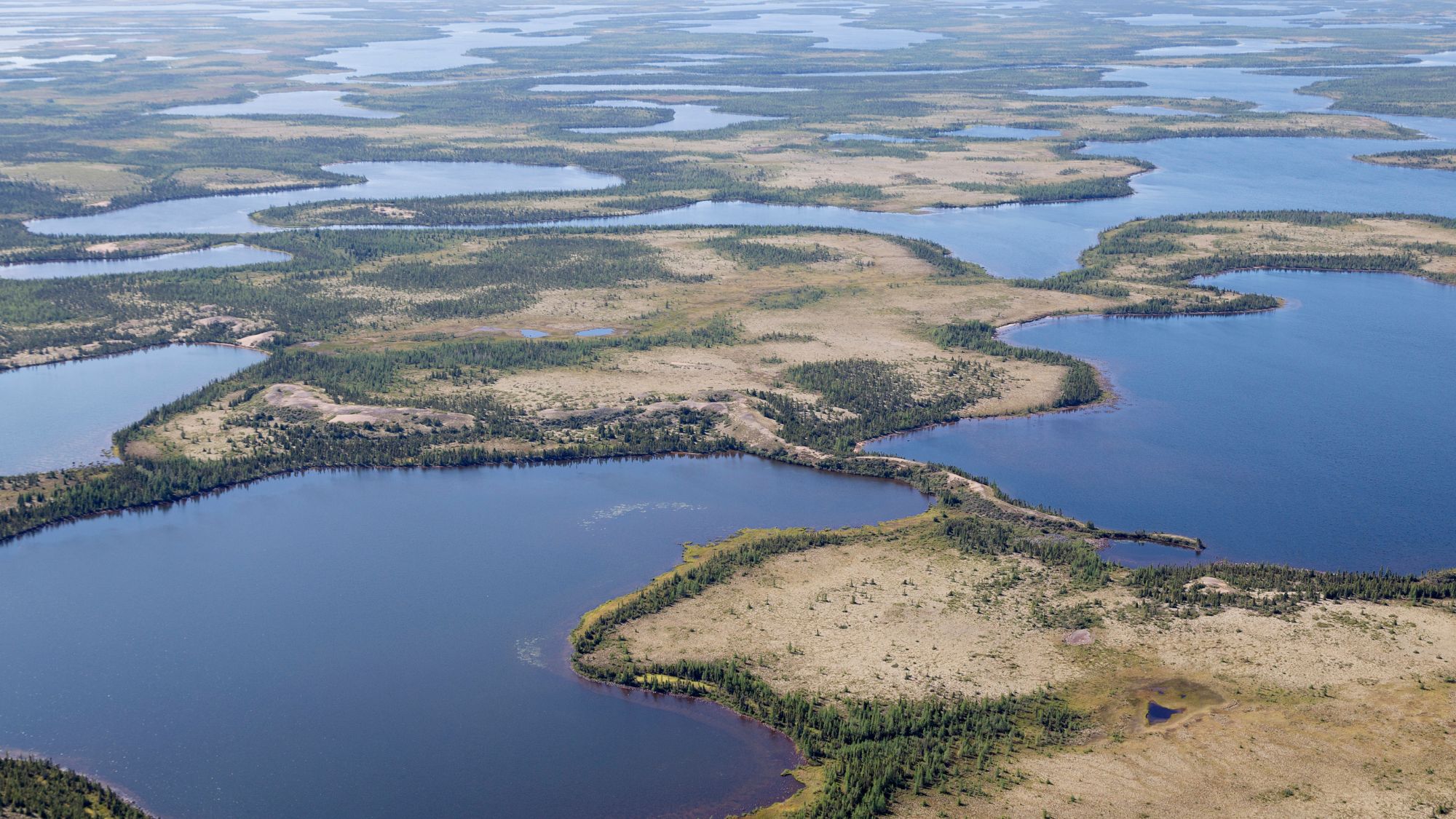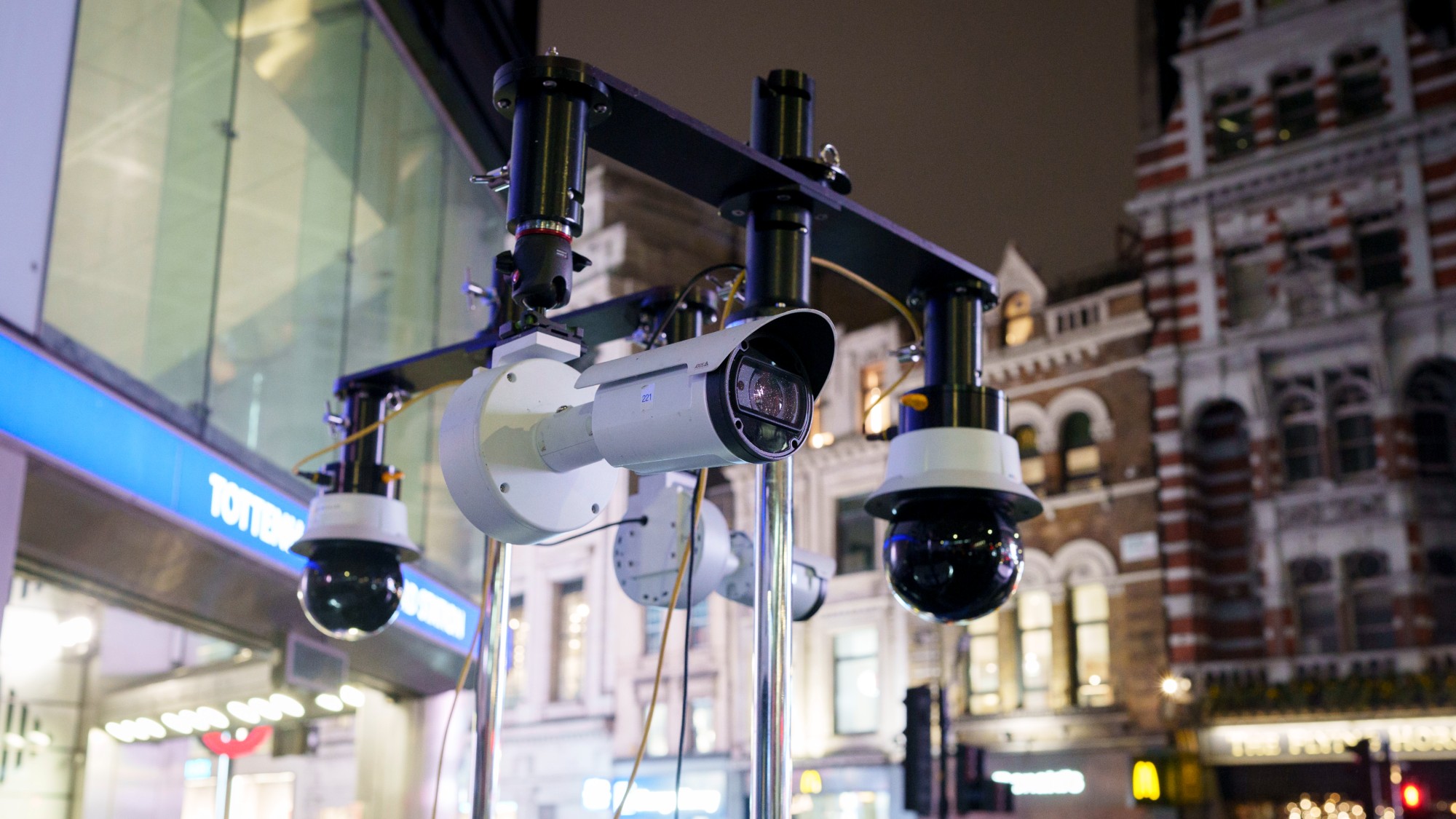A village in India now runs entirely on its own solar power grid


On Sunday, the eldest resident of Dharnai, India, flipped a switch and the village officially joined the age of electricity. But Dharnai, in India's northeastern Bihar state, did more than join a reliable energy grid — it became India's first village powered entirely by solar electricity. A few months ago, Greenpeace and two other NGOs that work in the area (BASIX and CEED) started building a solar power micro-grid to serve the village, and after a few months of testing, the autonomous 100 kilowatt system officially went online this past weekend.
The Dharnai grid serves about 450 homes, housing 2,400 residents, Greenpeace says, as well as roughly 50 businesses, streetlights, water pumps, two schools, health care center, and other public and private ventures. It has a battery to store excess electricity, for use during the sunless hours.
Germany reaching the milestone of (at least briefly) meeting more than half its electricity needs through solar is probably a bigger feat, but The Week's Ryan Cooper argues that projects like this in India and China will do more over the long term to counter the harmful climate effects of fossil fuel consumption.
The Week
Escape your echo chamber. Get the facts behind the news, plus analysis from multiple perspectives.

Sign up for The Week's Free Newsletters
From our morning news briefing to a weekly Good News Newsletter, get the best of The Week delivered directly to your inbox.
From our morning news briefing to a weekly Good News Newsletter, get the best of The Week delivered directly to your inbox.
And bringing reliable electricity to a town or village for the first time feels like a much bigger deal than switching from nuclear to solar power. It changes every aspect of life, from safety and health to entertainment and economic progress. Earlier this month, Andrew Satter at the Center for American Progress detailed what getting power for the first time does to villages in India, and Greenpeace does something similar in this video from newly solar-powered Dharnai. --Peter Weber
A free daily email with the biggest news stories of the day – and the best features from TheWeek.com
Peter has worked as a news and culture writer and editor at The Week since the site's launch in 2008. He covers politics, world affairs, religion and cultural currents. His journalism career began as a copy editor at a financial newswire and has included editorial positions at The New York Times Magazine, Facts on File, and Oregon State University.
-
 Heavenly spectacle in the wilds of Canada
Heavenly spectacle in the wilds of CanadaThe Week Recommends ‘Mind-bending’ outpost for spotting animals – and the northern lights
-
 Facial recognition: a revolution in policing
Facial recognition: a revolution in policingTalking Point All 43 police forces in England and Wales are set to be granted access, with those against calling for increasing safeguards on the technology
-
 Sudoku hard: December 14, 2025
Sudoku hard: December 14, 2025The daily hard sudoku puzzle from The Week
-
 Blue Origin launches Mars probes in NASA debut
Blue Origin launches Mars probes in NASA debutSpeed Read The New Glenn rocket is carrying small twin spacecraft toward Mars as part of NASA’s Escapade mission
-
 Dinosaurs were thriving before asteroid, study finds
Dinosaurs were thriving before asteroid, study findsSpeed Read The dinosaurs would not have gone extinct if not for the asteroid
-
 SpaceX breaks Starship losing streak in 10th test
SpaceX breaks Starship losing streak in 10th testspeed read The Starship rocket's test flight was largely successful, deploying eight dummy satellites during its hour in space
-
 Rabbits with 'horns' sighted across Colorado
Rabbits with 'horns' sighted across Coloradospeed read These creatures are infected with the 'mostly harmless' Shope papilloma virus
-
 Lithium shows promise in Alzheimer's study
Lithium shows promise in Alzheimer's studySpeed Read Potential new treatments could use small amounts of the common metal
-
 Scientists discover cause of massive sea star die-off
Scientists discover cause of massive sea star die-offSpeed Read A bacteria related to cholera has been found responsible for the deaths of more than 5 billion sea stars
-
 'Thriving' ecosystem found 30,000 feet undersea
'Thriving' ecosystem found 30,000 feet underseaSpeed Read Researchers discovered communities of creatures living in frigid, pitch-black waters under high pressure
-
 New York plans first nuclear plant in 36 years
New York plans first nuclear plant in 36 yearsSpeed Read The plant, to be constructed somewhere in upstate New York, will produce enough energy to power a million homes

